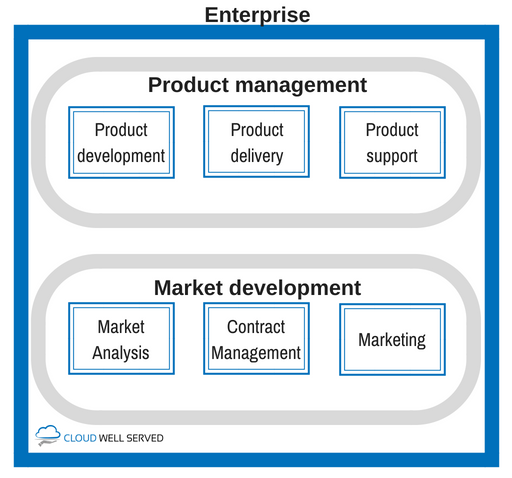This is another post about TOGAF. Check other posts in the series.
Objectives
A key objective in the Business Architecture phase is to develop a Target Business Architecture that shows how the enterprise can achieve the Architecture Vision and address the Request for Architecture Work. Its second objective is to identify first candidate architecture roadmap components to bridge the gap between the Baseline and Target Business Architectures. Target Business Architecture describes the business strategy, governance, organization and key business processes and define roadmap components needed to achieve it.
Approach
The phases of the ADM cycle are divided into steps. In phases B, C, D steps are as follows:
- Select reference models, viewpoints, and tools.
- Develop Baseline Architecture Description.
- Develop Target Architecture Description.
- Perform gap analysis.
- Define candidate roadmap components.
- Resolve impacts across the Architecture Landscape.
- Conduct formal stakeholder review.
- Finalize the Architecture.
- Create Architecture Definition Document.
Developing Baseline and Target Architecture Description steps can be performed in interchangeable order. For example, creating Baseline Architecture first can help identifying problem that can be addressed by Target Architecture. Creating Target Architecture first can be used when we don’t want to look back and depend on current solution (greenfield).
Techniques
During first step – selecting reference models – various techniques can be used to decompose a business. Very often Business Capability Planning is used. It is tool for top-down planning. It breaks through departmental silos by shifting from a functional view to a capability view. A capability describes what the business does and should not be confused with just the skills or competencies of the people. For example: a software development capability would encompass not just the developers (people), but processes such as Agile methodology, and physical assets such as software tools and hardware. Visual element of Capability Base Planning is Capability Map – example you can find below:

Inputs
- Approved Statement of Architecture Work.
- Architecture Vision.
- Architecture Repository and other deliverables from previous phases.
Outputs
- Business candidate roadmap.
- Views corresponding to the selected viewpoints addressing key stakeholder concerns.
- Draft of Architecture Definition Document including:
- Baseline Business Architecture, Version 1.0 (detailed), if appropriate.
- Target Business Architecture, Version 1.0 (detailed), including:
- Organization structure – identifying business locations and relating them to organizational units.
- Business goals and objectives.
- Business functions.
- Business services.
- Business processes.
- Business roles.
- Business data model.
Reference Materials
Togaf Business Architecture Documentation
Business Architecture Models

Like!! I blog quite often and I genuinely thank you for your information. The article has truly peaked my interest.